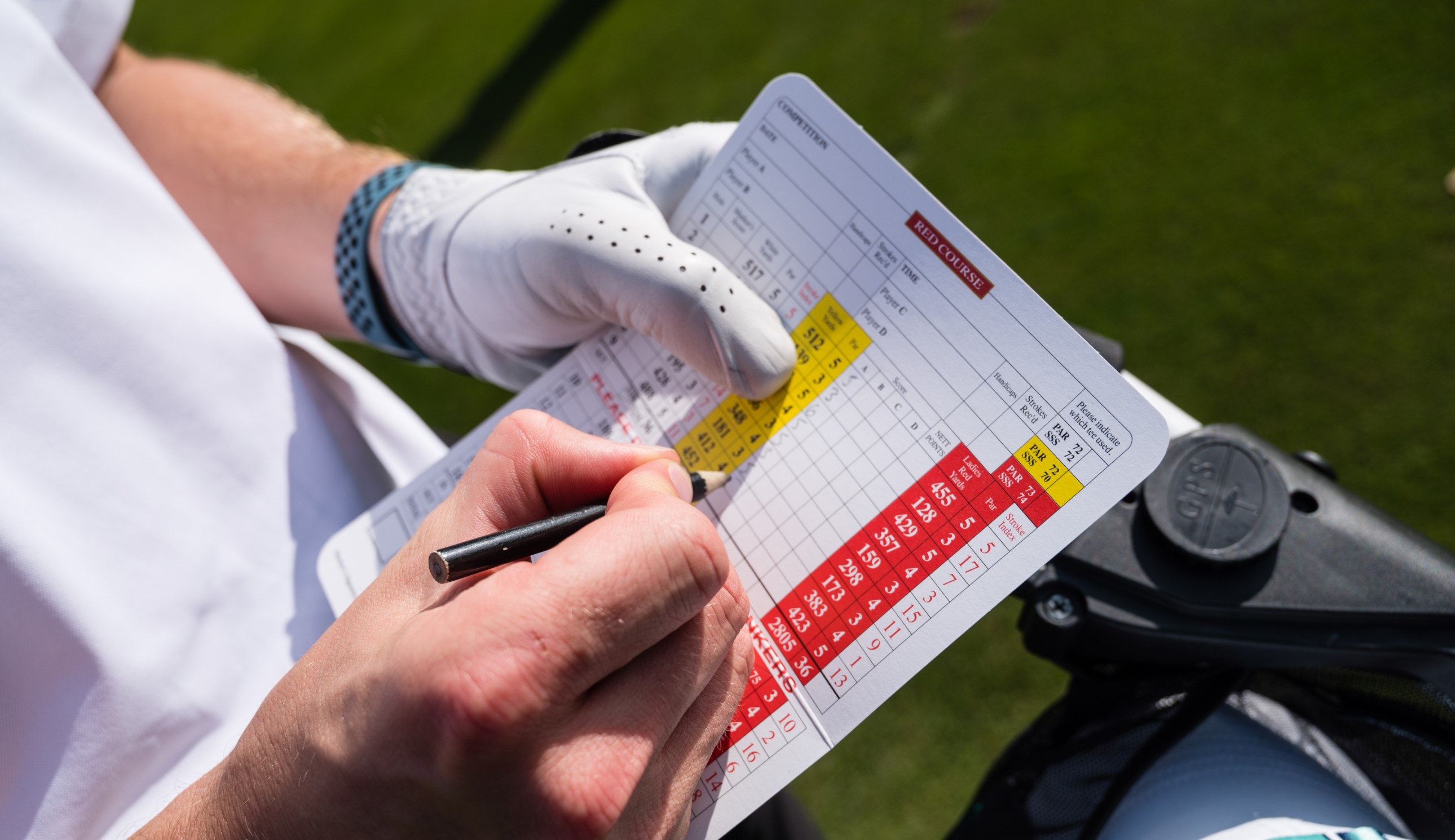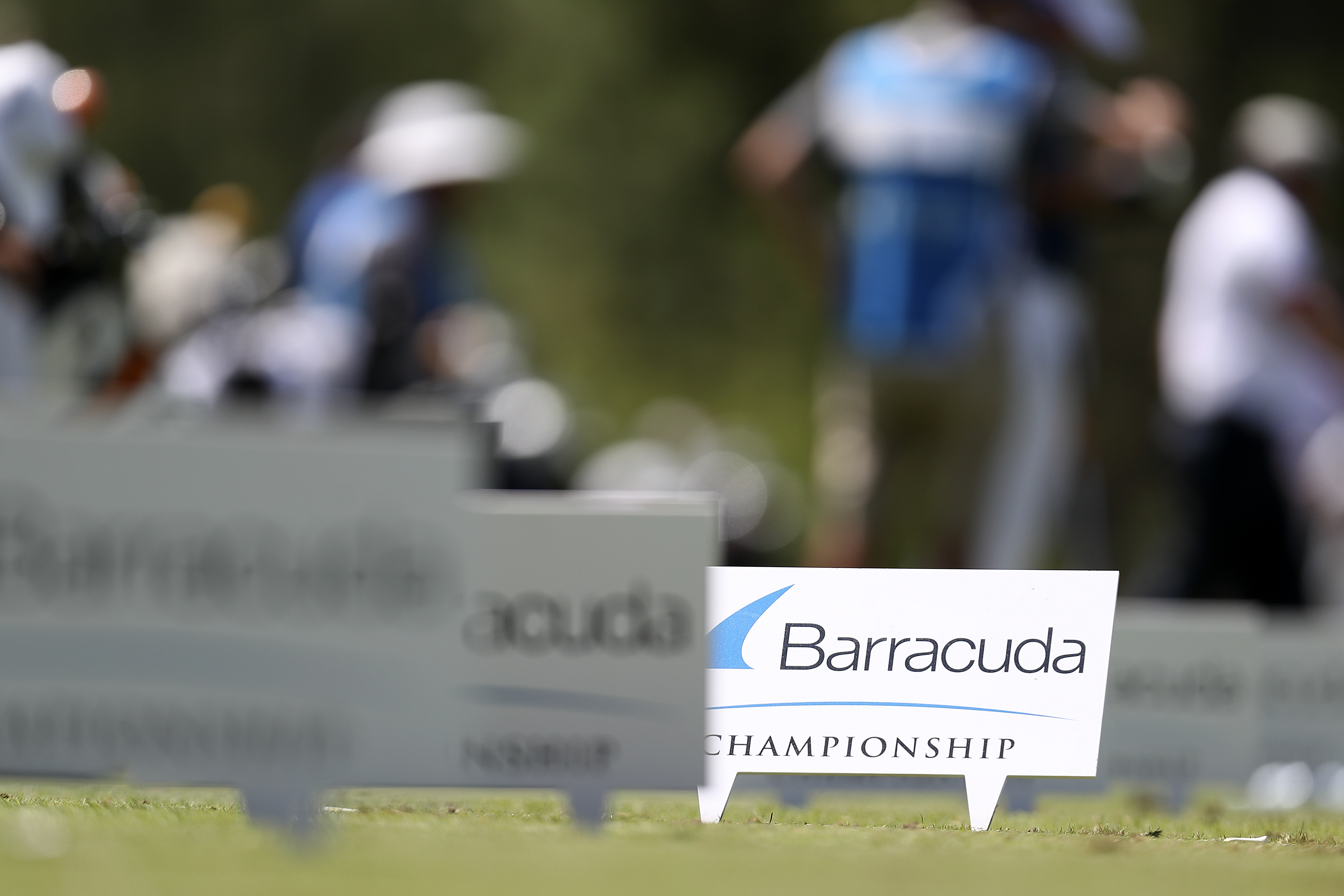
Amateurs across the world are indebted to Dr Frank Barney Gorton Stableford. As Henry Longhurst put it, “I doubt whether any single man did more to increase the pleasure of the humble club golfer.”
When playing at Wallasey Golf Club in 1931, Stableford devised a points-based scoring system designed to allow the average golfer to better enjoy a competitive round. It was something of a success.
An alternative to simple strokeplay, the Stableford system has become the go-to scoring system for amateurs across the globe, as it allows players who have a bad hole to stay in the game.
How Does Stableford Work?
The slow play debate continues to rage on in the world of golf, but one of the main reasons the Stableford is so popular is it should speed up proceedings. Golfers who are not playing well on a particular hole can simply pick their ball up (without scoring any points) and try again on the next. That means that you don't have to finish each hole to put in a Stableford score at the end of your round.
The system works by awarding points based on your nett score (your handicap adjusted score) on each hole. Points are awarded as such:
6 points – Four strokes under
5 points – Three strokes under
4 points – Two strokes under
3 points – One stroke under
2 points – Level par
1 point – One stroke over
0 points – Two strokes or more over
At the end of the round, your total points for each hole are added together and the player with the highest total Stableford score is the winner. It's commonly believed that a 'good' score is 30 or more points, but to play to par you will need 36 (two per hole). Anything higher than 36 could see you going close to winning the tournament, although many low-handicap golfers believe this rewards mediocrity and plays into the hands of higher handicap golfers.
How is my handicap allocated in Stableford

Handicap is allocated to holes by their stroke index. A player with a playing handicap of 18 will receive a shot on each hole. That means, if they make a gross bogey it will equate to a nett par and they will receive 2 points on the hole.
A player with a playing handicap of 16 will receive a shot on the 16 easiest holes on the golf course (stroke index 1 to 16), but will not receive a shot on the two easiest holes. For a 5-handicapper, the holes where they receive a shot decreases to just the five easiest, and so on.
If a player has a playing handicap of over 18 they will receive more than one shot on certain holes. For example, a 28-handicapper will receive one shot on the eight easiest holes, but two shots on the remaining 10.
A player with a plus figure handicap will have to add shots on to their gross score to give their nett score on certain holes. Someone with a Playing Handicap of +3 will have to add a shot onto their gross score on holes with Stroke Indexes 16-18. That means to score 2 points on those holes, they will need to score a gross birdie.
Stableford in Pro Golf

The system, in modified form, has been used on the PGA Tour for a number of years. Firstly, at The International at Castle Pines which ran up until 2006, and then The Barracuda Championship, which is still currently played on the Tour.
In the Barracuda Championship, the modified scoring system works as follows
Double Bogey or worse: -2 points
Bogey: -1 point
Par: 0 points
Birdie: 2 points
Eagle: 5 points
Albatross: 8 points
This scoring system encourages aggressive and exciting golf. Players will tend to go for shots they wouldn’t normally try, particularly on par-5s where the chance of 5 points for an eagle could catapult them up the leaderboard.
As with regular Stableford – the player with the most points at the end of the tournament is the winner.







